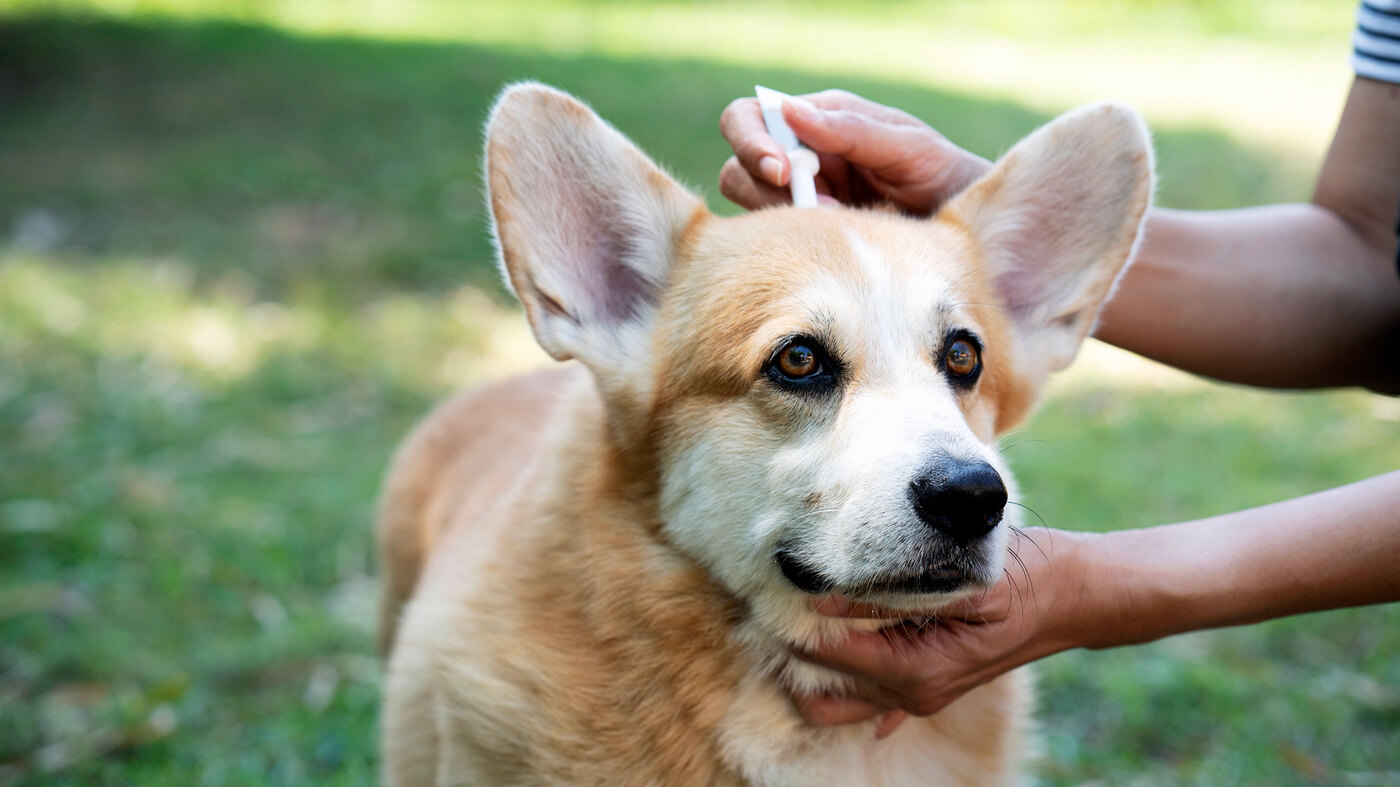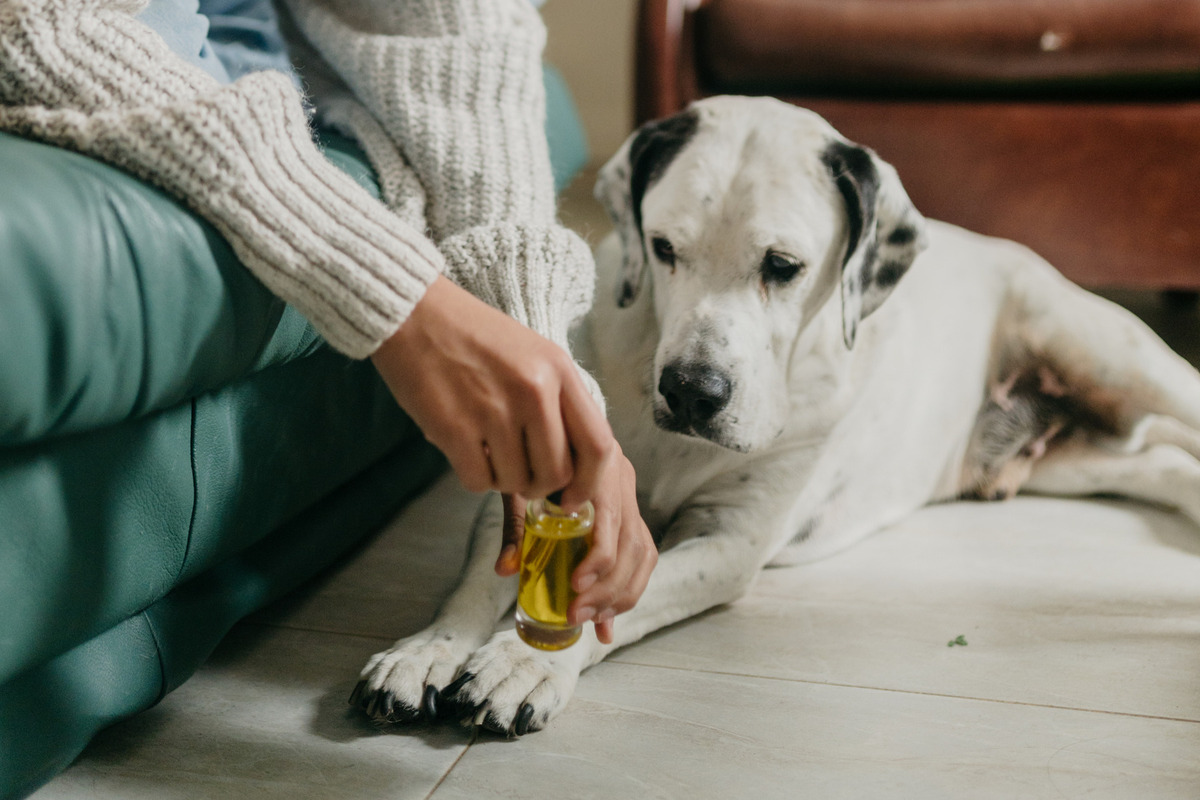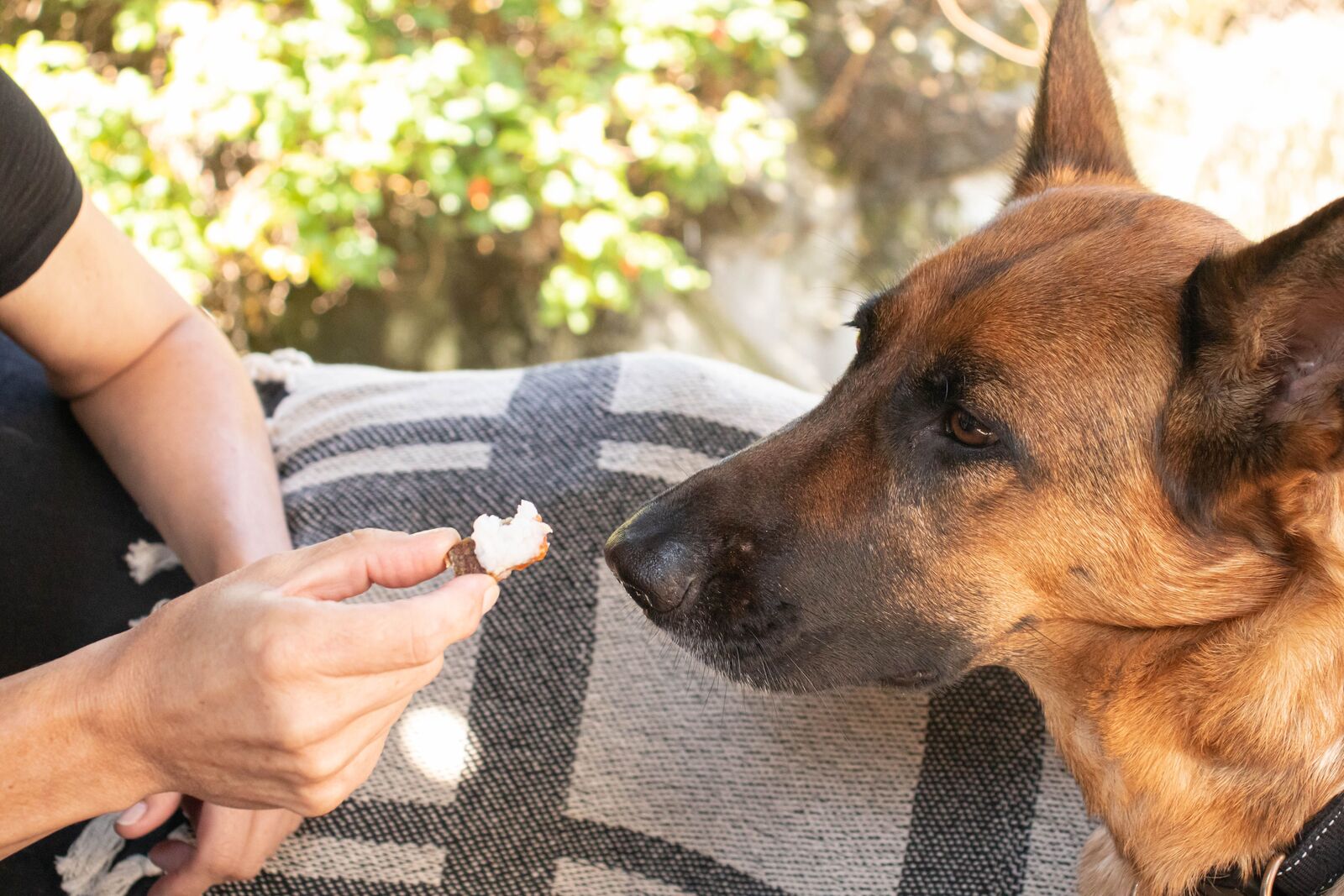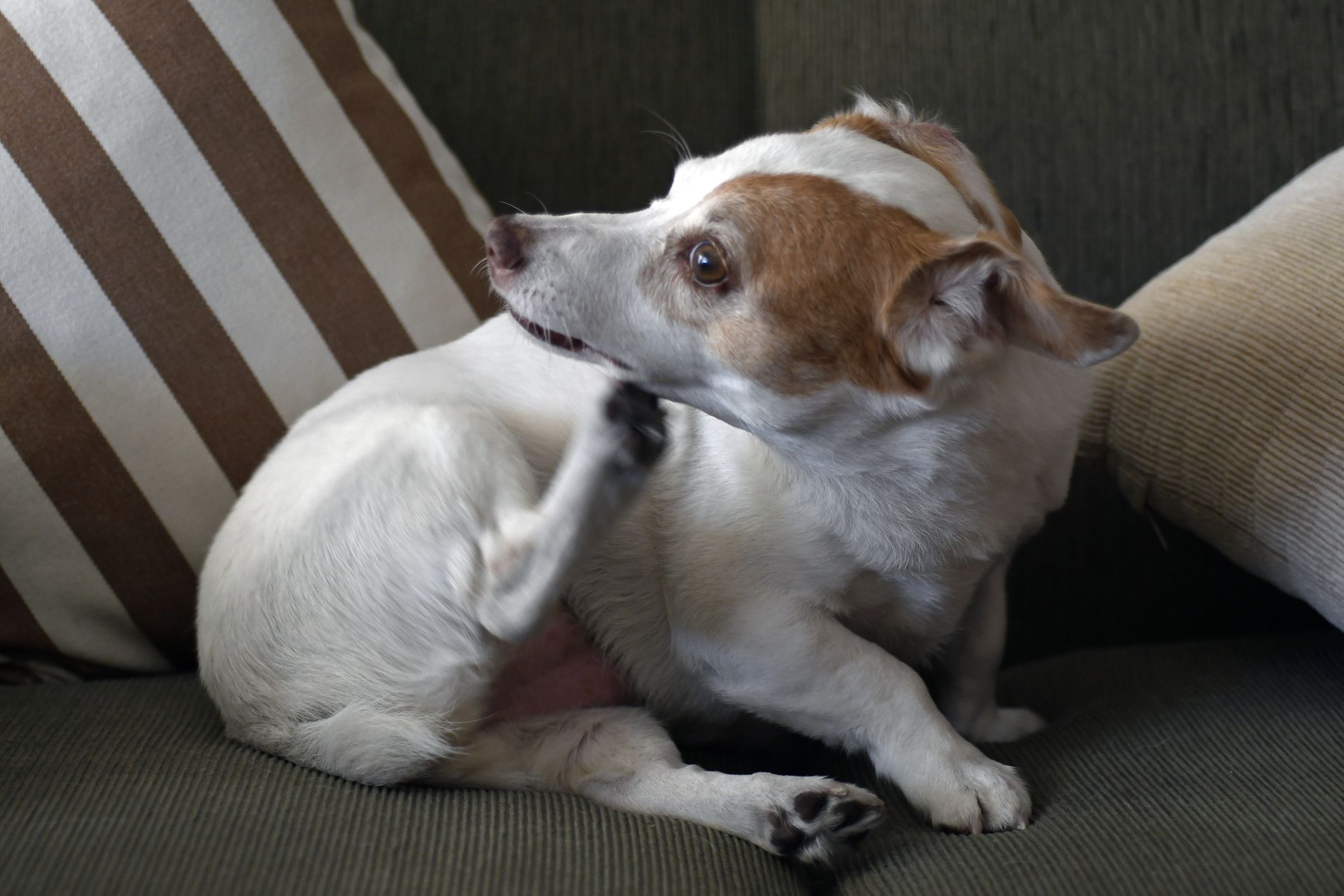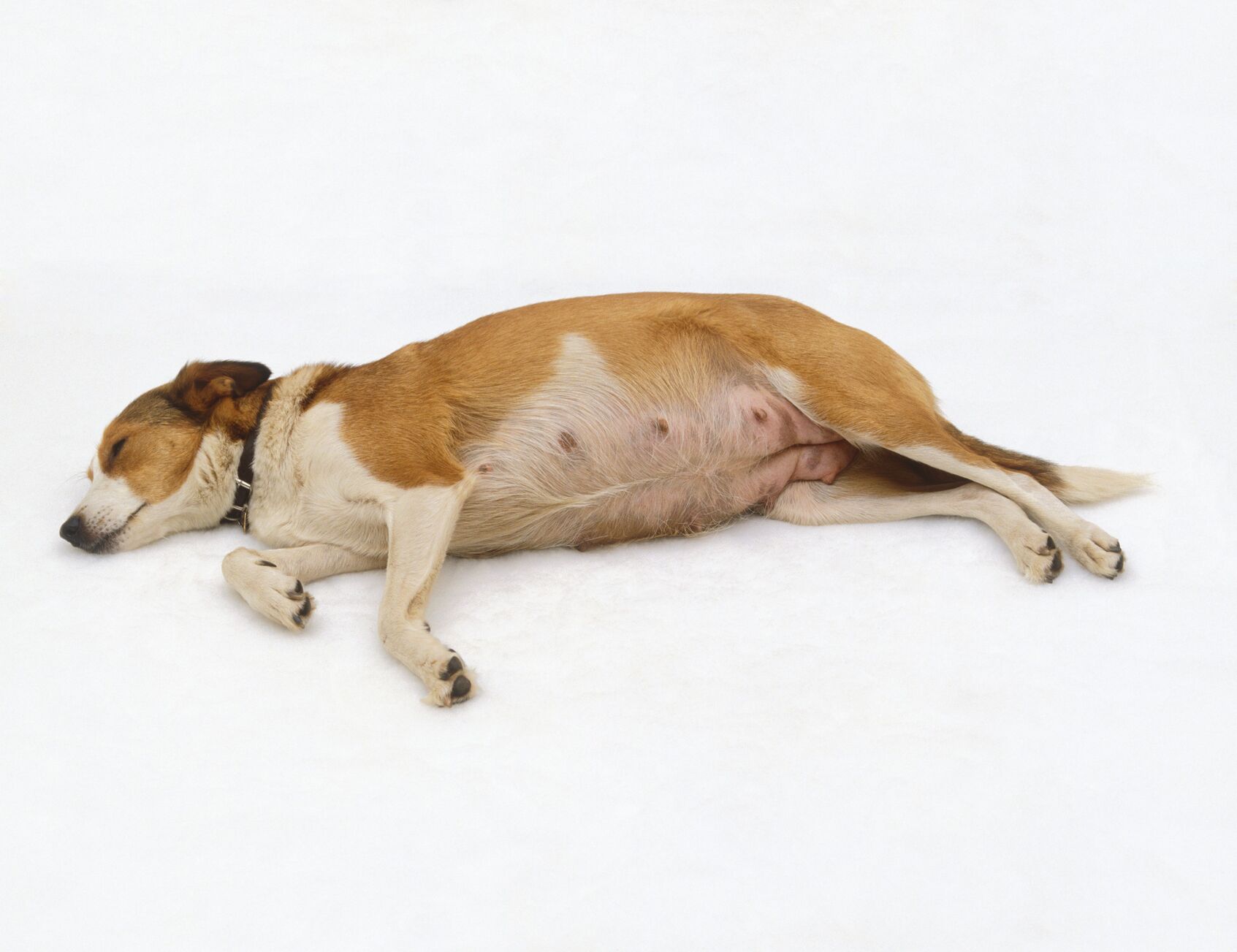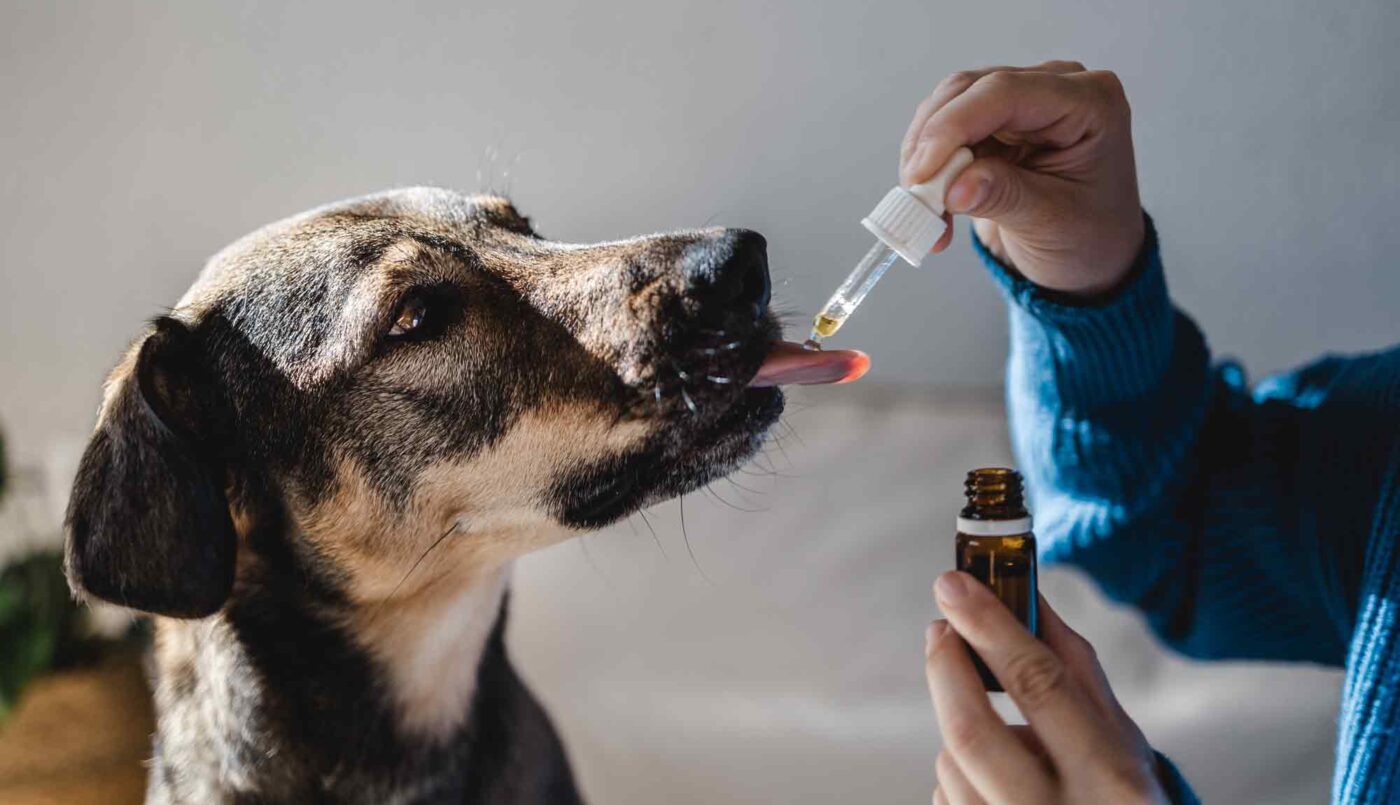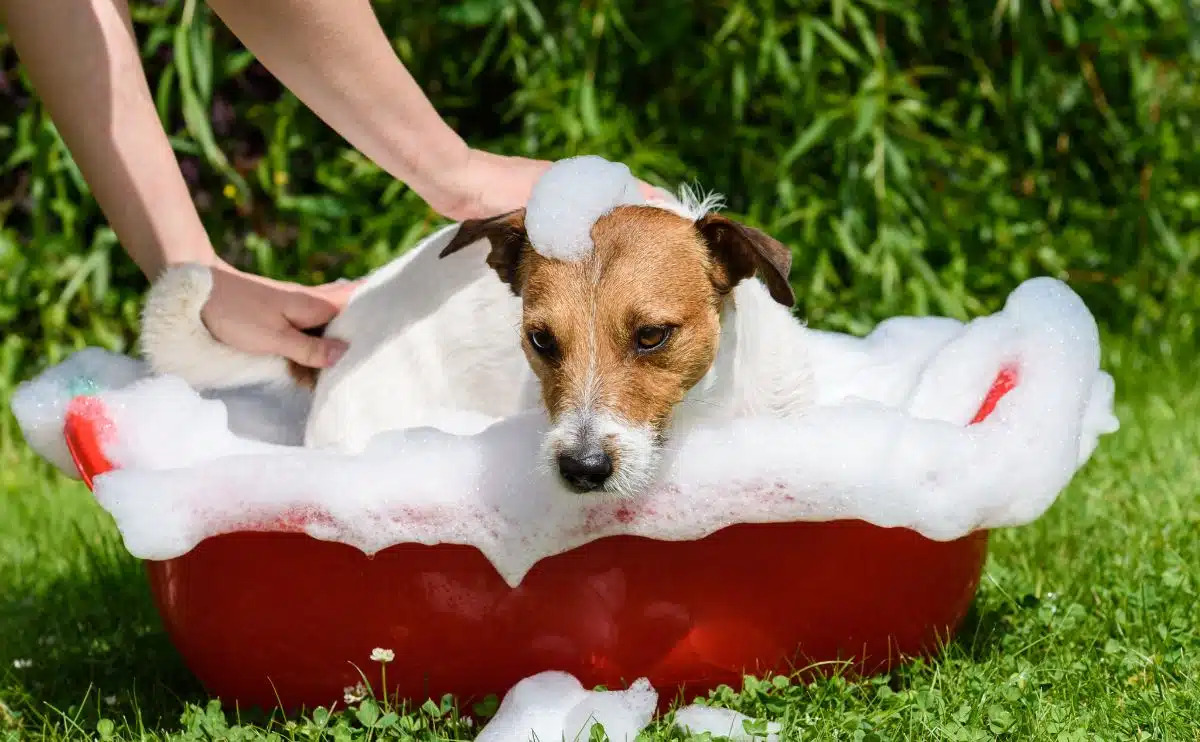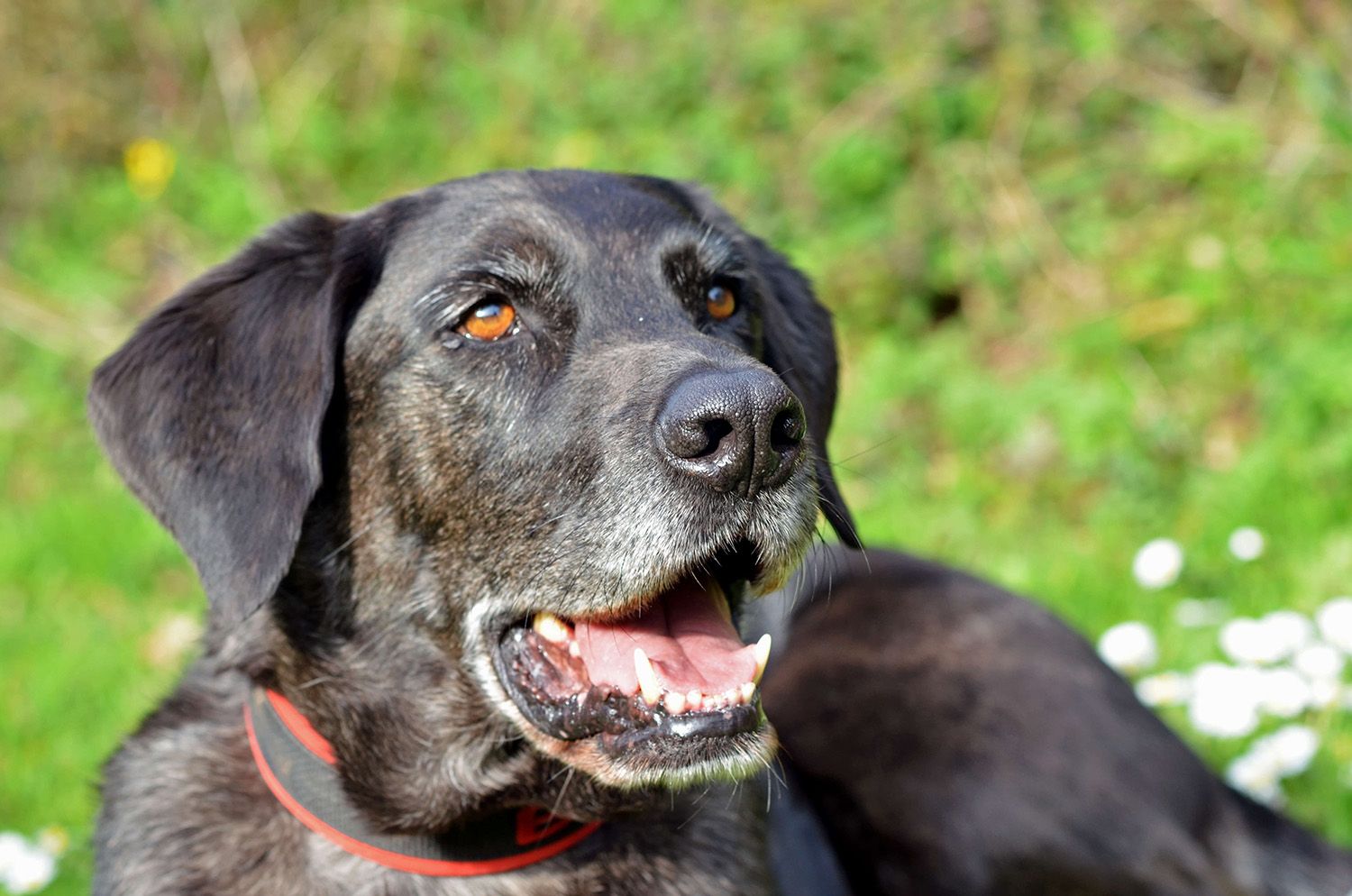Home>Health & Wellness>Common Health Issues>How Often Can I Use Lavender Oil Against Fleas On My Dog


Common Health Issues
How Often Can I Use Lavender Oil Against Fleas On My Dog
Modified: February 21, 2024
Learn how to use lavender oil to combat fleas on your dog and address common health issues effectively. Discover the ideal frequency for application and keep your pet healthy and happy.
(Many of the links in this article redirect to a specific reviewed product. Your purchase of these products through affiliate links helps to generate commission for Pawsomeoldies.com, at no extra cost. Learn more)
Table of Contents
Introduction
Lavender oil, derived from the fragrant lavender plant, has gained popularity for its versatile uses, including its potential effectiveness in repelling fleas on dogs. As a pet owner, you may be seeking natural alternatives to traditional flea control methods, and lavender oil presents itself as a compelling option. This article aims to provide comprehensive insights into the use of lavender oil as a flea repellent for dogs, addressing its effectiveness, safe application, frequency, and potential risks.
Fleas are a common nuisance for dogs, causing discomfort, itching, and potential health issues. While there are numerous commercial flea control products available, some pet owners are turning to natural remedies, such as lavender oil, to address this persistent problem. Understanding the properties and application of lavender oil can empower dog owners to make informed decisions regarding their pets' well-being.
In the following sections, we will delve into the science behind lavender oil's potential effectiveness against fleas, explore safe methods for applying it to your dog, discuss the optimal frequency of use for maximum effectiveness, and highlight important precautions to consider. By the end of this article, you will have a comprehensive understanding of how lavender oil can be utilized as a natural flea repellent for your beloved canine companion.
Understanding Lavender Oil and Its Effectiveness Against Fleas
Lavender oil, renowned for its soothing aroma and therapeutic properties, possesses natural repellent qualities that may help deter fleas from infesting dogs. The active compounds in lavender oil, such as linalool and linalyl acetate, are believed to exhibit insecticidal and insect-repellent properties, making it a potentially effective solution for combating fleas.
The scent of lavender oil is known to repel various insects, including fleas, due to its strong aromatic profile. When applied to a dog's coat, the fragrance of lavender oil creates an environment that is less hospitable to fleas, potentially discouraging their presence. Additionally, the oil's properties may interfere with the fleas' sensory receptors, making it more challenging for them to detect and latch onto the dog's fur.
It's important to note that while lavender oil shows promise as a natural flea repellent, its effectiveness may vary among individual dogs and environmental factors. Factors such as the dog's size, coat thickness, and overall health, as well as the severity of the flea infestation, can influence the oil's efficacy. Additionally, environmental conditions, such as the presence of other animals or untreated areas in the vicinity, can impact the success of lavender oil as a flea deterrent.
When considering the effectiveness of lavender oil against fleas, it's crucial to approach it as a complementary measure rather than a standalone solution. Integrating lavender oil application with regular grooming, cleaning the dog's living environment, and consulting with a veterinarian for comprehensive flea control strategies can contribute to a more holistic approach to flea management.
In the next section, we will explore safe and effective methods for applying lavender oil to your dog, ensuring that its potential benefits are maximized while minimizing any associated risks.
How to Safely Use Lavender Oil on Your Dog
When it comes to using lavender oil on your dog to combat fleas, it's essential to prioritize safety and proper application. Here are the key steps to ensure the safe and effective use of lavender oil:
-
Choose High-Quality Lavender Oil: Opt for high-quality, pure lavender oil specifically formulated for use on pets. Ensure that the oil is free from additives and diluents that could potentially harm your dog's skin or respiratory system.
-
Dilution: Lavender oil is highly concentrated and should be diluted before application. To create a safe and effective dilution, mix a few drops of lavender oil with a carrier oil, such as coconut oil or olive oil. The recommended ratio is approximately 1-2 drops of lavender oil per ounce of carrier oil.
-
Patch Test: Before applying the diluted lavender oil to your dog's entire coat, perform a patch test on a small area of their skin. This helps to assess any potential allergic reactions or sensitivities. Observe the test area for at least 24 hours to ensure there is no adverse reaction.
-
Application: Once the patch test yields no adverse reactions, you can proceed with applying the diluted lavender oil to your dog's coat. Use a clean, dry cloth or a spray bottle to gently distribute the oil throughout the fur, taking care to avoid the eyes, ears, and mouth. Ensure that the application is thorough but not excessive, as dogs may be sensitive to strong scents.
-
Avoid Ingestion: While lavender oil is generally safe for topical use, it's crucial to prevent your dog from ingesting it. Monitor your dog after application to discourage licking or grooming the treated areas. If accidental ingestion occurs or if you notice any unusual behavior, seek veterinary advice promptly.
-
Reapplication: To maintain the oil's effectiveness, consider reapplying the diluted lavender oil every 1-2 weeks, or as recommended by your veterinarian. Regular reapplication can help sustain the oil's fragrance and potential repellent properties.
By following these guidelines, you can safely harness the potential benefits of lavender oil as a natural flea repellent for your dog. It's important to remain attentive to your dog's well-being throughout the application process and seek professional guidance if you have any concerns about using lavender oil or if your dog experiences any unexpected reactions.
In the subsequent section, we will delve into the optimal frequency of lavender oil application to maximize its effectiveness in repelling fleas.
Frequency of Application for Maximum Effectiveness
Achieving maximum effectiveness when using lavender oil as a flea repellent for your dog involves understanding the optimal frequency of application. While lavender oil can exhibit natural repellent properties against fleas, its potency diminishes over time, necessitating regular reapplication to maintain its efficacy.
The frequency of application depends on various factors, including the dog's exposure to outdoor environments, the severity of the flea infestation, and the desired duration of protection. To ensure maximum effectiveness, consider the following guidelines for applying lavender oil to your dog:
-
Outdoor Exposure: Dogs that spend significant time outdoors or frequently interact with other animals may benefit from more frequent applications of lavender oil. Outdoor activities can increase the likelihood of flea exposure, warranting a proactive approach to reapplication.
-
Severity of Infestation: In cases where the dog is already infested with fleas, more frequent applications of lavender oil may be necessary initially to address the infestation. Once the infestation is under control, a regular maintenance schedule can be established to prevent reinfestation.
-
Duration of Protection: The desired duration of protection against fleas influences the frequency of application. If you prefer continuous protection, more frequent applications, such as every 1-2 weeks, may be suitable. For intermittent use, such as during peak flea seasons, adjusting the frequency accordingly can help maintain effectiveness.
-
Environmental Factors: Consider the environmental conditions in which your dog spends time. High flea prevalence in certain areas or exposure to untreated environments may prompt more frequent applications to uphold the oil's repellent effects.
By tailoring the frequency of lavender oil application to align with these considerations, you can optimize its effectiveness in repelling fleas and promoting your dog's comfort and well-being. Regular assessment of your dog's flea exposure and monitoring any signs of flea activity can guide adjustments to the application frequency, ensuring proactive flea control.
It's important to note that while frequent application can enhance the oil's repellent properties, it's essential to monitor your dog's response to the oil and seek veterinary advice if you observe any adverse reactions or unexpected changes in behavior. Additionally, consulting with a veterinarian can provide personalized recommendations based on your dog's specific needs and environmental factors.
In summary, the frequency of applying lavender oil for maximum effectiveness involves a tailored approach that considers outdoor exposure, infestation severity, duration of protection, and environmental factors. By incorporating these considerations into your flea control regimen, you can harness the potential benefits of lavender oil while maintaining a proactive stance against fleas.
Potential Risks and Precautions to Consider
While lavender oil can offer natural flea-repelling benefits for dogs, it's crucial to be mindful of potential risks and take necessary precautions to ensure the safety and well-being of your pet. Understanding the following risks and implementing appropriate measures can help mitigate any adverse effects associated with the use of lavender oil:
Skin Sensitivities:
Some dogs may exhibit sensitivities or allergic reactions to lavender oil, particularly when applied in its concentrated form. To mitigate this risk, always perform a patch test before widespread application. Monitor the test area for at least 24 hours, observing for signs of redness, itching, or inflammation. If any adverse reactions occur, discontinue use and consult a veterinarian for guidance.
Ingestion Risks:
While lavender oil is generally safe for topical use, there is a risk of ingestion if the dog licks or grooms the treated areas. Ingesting undiluted lavender oil or large quantities of diluted oil can lead to digestive upset, vomiting, or other adverse effects. To prevent ingestion, closely monitor your dog after application, and discourage licking or grooming of the treated areas. If ingestion occurs or if you notice any unusual symptoms, seek veterinary advice promptly.
Respiratory Sensitivities:
The inhalation of concentrated lavender oil can potentially irritate a dog's respiratory system, especially in breeds prone to respiratory issues. When applying lavender oil, ensure that the area is well-ventilated, and avoid using excessive amounts of oil. If your dog shows signs of respiratory distress or discomfort after application, such as coughing or labored breathing, seek immediate veterinary attention.
Interactions with Other Products:
Lavender oil may interact with certain medications or other topical products used on the dog. If your dog is receiving any medications or undergoing topical treatments, consult with a veterinarian to assess potential interactions before incorporating lavender oil into their care regimen. This proactive approach can help prevent adverse effects resulting from incompatible combinations of products.
Quality and Purity:
Using low-quality or adulterated lavender oil can pose risks to your dog's health. Always select high-quality, pure lavender oil specifically formulated for pet use. Avoid products containing synthetic additives, fillers, or artificial fragrances, as these can be harmful to your dog's skin and overall well-being.
By being mindful of these potential risks and taking appropriate precautions, you can minimize the likelihood of adverse effects and ensure a safe and positive experience when using lavender oil as a natural flea repellent for your dog. Prioritizing your dog's safety and well-being through informed and cautious application of lavender oil can contribute to a harmonious and effective approach to flea control.
In summary, while lavender oil offers potential benefits in repelling fleas, it's essential to remain vigilant and proactive in addressing any potential risks, thereby fostering a safe and comfortable environment for your beloved canine companion.
Conclusion
In conclusion, the use of lavender oil as a natural flea repellent for dogs presents a compelling option for pet owners seeking alternative solutions to traditional flea control methods. The potential effectiveness of lavender oil in deterring fleas is attributed to its aromatic properties and the presence of active compounds that may disrupt flea sensory receptors. When applied safely and judiciously, lavender oil can contribute to a holistic approach to flea management, complementing regular grooming and environmental hygiene practices.
By understanding the science behind lavender oil's potential effectiveness against fleas and adopting safe application methods, pet owners can harness its benefits while minimizing associated risks. Diluting lavender oil, performing patch tests, and avoiding ingestion are crucial steps in ensuring the well-being of dogs during the application process. Additionally, tailoring the frequency of application to align with outdoor exposure, infestation severity, and environmental factors can optimize the oil's repellent effects.
It is important to acknowledge the potential risks associated with using lavender oil on dogs, including skin sensitivities, ingestion risks, respiratory sensitivities, interactions with other products, and the importance of selecting high-quality, pure lavender oil. By being mindful of these risks and implementing necessary precautions, pet owners can mitigate adverse effects and promote a safe and positive experience for their canine companions.
In the realm of natural flea control, lavender oil stands as a versatile and potentially effective option, offering pet owners a natural alternative that aligns with their commitment to their dogs' well-being. However, it is essential to approach its use with a balanced perspective, recognizing that individual variations in effectiveness and potential risks necessitate attentive and informed application.
Ultimately, the decision to use lavender oil as a flea repellent for dogs should be guided by a thorough understanding of its properties, safe application methods, and consideration of individual pet needs. Consulting with a veterinarian can provide personalized guidance and recommendations, ensuring that the use of lavender oil aligns with the specific requirements and well-being of each dog.
By integrating the insights and considerations outlined in this article, pet owners can navigate the use of lavender oil as a natural flea repellent for their dogs with confidence, fostering a harmonious and proactive approach to flea control while prioritizing the safety and comfort of their beloved pets.
